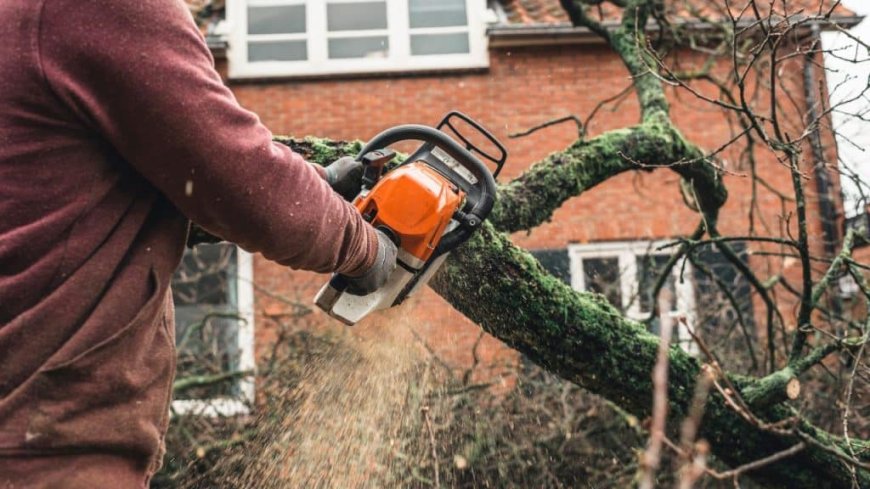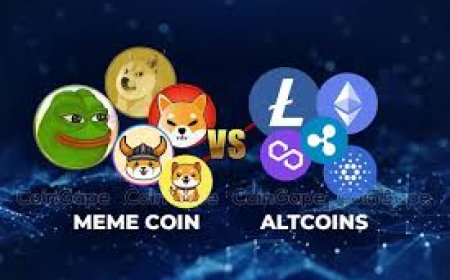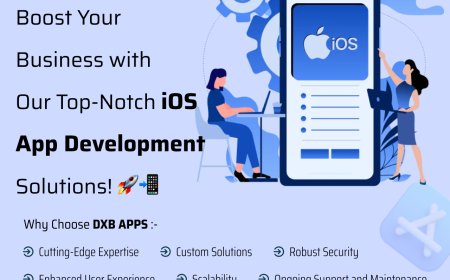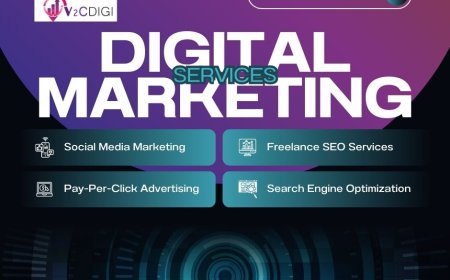Tree Pruning – The Art of Keeping Your Trees Healthy and Happy
Tree pruning is one of the best investments you can make in your landscape. It’s not just about shaping a tree—it’s about guiding its growth, protecting your property, and extending its life.

Tree pruning isnt just about making your tree look pretty. Its a vital part of tree care that helps with structure, growth, and overall health. Simply put, tree pruning involves the selective removal of branches to improve the trees shape, health, and safety.
Think of it as giving your tree a haircutbut one that could prevent disease, increase sunlight exposure, and reduce hazards around your yard.
Why Is Tree Pruning Important?
Heres why proper pruning is more than just a cosmetic choice:
-
? Promotes healthy growth
-
?? Removes dead, damaged, or diseased branches
-
?? Improves air circulation and light penetration
-
? Protects property and people from falling limbs
-
? Boosts flower and fruit production
When done right, pruning keeps your trees vibrant and strong for years to come.
Different Types of Tree Pruning
Theres more than one way to prune a tree. Each method serves a different purpose:
1. Crown Thinning
Removes select branches to allow more light and air to pass through the crown. Helps reduce weight on heavy limbs.
2. Crown Raising
Removes lower branches to raise the height of the trees canopygreat for driveways, walkways, and views.
3. Crown Reduction
Reduces the overall size of the tree by trimming the outer edges. Ideal when trees get too close to structures or power lines.
4. Deadwooding
Removes dead, dying, or broken limbs that could fall and cause damage or injury.
5. Structural Pruning
Focuses on young trees to guide their growth and prevent future problems.
When Is the Best Time to Prune Trees?
Timing matters. The best time to prune depends on the tree species and your goals.
-
Late Winter to Early Spring Most trees prefer pruning while dormant. It encourages vigorous growth in spring.
-
Summer Good for slowing growth or removing problematic limbs.
-
Fall Usually not ideal; trees are preparing for dormancy and may not heal properly.
Tip: Avoid pruning during active growth or immediately after a tree has leafed out. It can stress the tree.
How Often Should Trees Be Pruned?
-
Young Trees: Every 12 years to establish structure
-
Mature Trees: Every 35 years depending on species and condition
-
Fruit Trees: Annually to improve yield and shape
-
Evergreens: Rarely need pruning unless shaping is required
DIY Tree Pruning vs. Hiring a Pro
DIY Tree Pruning:
-
? Works well for small trees or light trimming
-
? Risky for large or tall trees
-
? Requires proper tools and knowledge of growth habits
Professional Tree Pruning:
-
? Safe and efficient
-
? Arborists understand tree biology
-
? Best for large, high, or delicate trees
Rule of thumb: If a ladder is involved, call a pro.
Common Tree Pruning Mistakes to Avoid
Dont let a bad cut do more harm than good. Here are the biggest blunders to watch out for:
-
? Topping Cutting the top off a tree can cause decay and weak regrowth.
-
? Over-pruning Removing too much at once stresses the tree.
-
? Improper cuts Leaving stubs or cutting too close to the trunk invites disease.
-
? Pruning at the wrong time Can leave the tree vulnerable to pests or poor growth.
Tree Pruning Tools You Might Need
If youre doing minor pruning at home, make sure youre using the right tools:
-
?? Hand Pruners Great for small branches and shrubs
-
? Loppers For thicker branches up to 2 inches
-
? Pruning Saw Useful for medium-sized limbs
-
? Pole Pruner For reaching higher branches
-
? Safety Gear Gloves, goggles, helmet if needed
Always disinfect tools to prevent spreading disease between trees.
Benefits of Regular Tree Pruning
Still wondering if its worth the effort? Here are the long-term perks:
-
? Longer lifespan for your trees
-
? Stronger limbs that resist storm damage
-
? More flowers and fruit
-
? Better property value and curb appeal
-
? Healthier trees with fewer diseases
Its not just about appearanceits about sustainability and safety.
Tree Pruning and Local Regulations
Did you know that in some cities, pruning certain trees without permission can get you fined?
-
Some regions protect specific species
-
Street trees often fall under municipal regulations
-
Always check with your local authority or HOA before major pruning
Tree Pruning Tips for Homeowners
-
Start young Early structural pruning sets the foundation
-
Dont remove more than 25% of a trees canopy at once
-
Watch for signs of disease or pest infestations
-
Use clean, sharp tools for smooth cuts
-
When in doubtcall an arborist!
Conclusion
Tree pruning is one of the best investments you can make in your landscape. Its not just about shaping a treeits about guiding its growth, protecting your property, and extending its life.
Whether youre trimming a backyard maple or maintaining an orchard, regular and proper pruning can make all the difference. So grab your glovesor call in the expertsand give your trees the care they deserve.
FAQs
1. Can pruning hurt a tree?
Yesif done improperly or too aggressively, pruning can stress or even kill a tree.
2. Whats the difference between pruning and trimming?
Pruning is focused on health and structure; trimming is mostly for appearance.
3. Can I prune a tree in the summer?
Yes, but with caution. Summer pruning can help control growth but should be done lightly.
4. How do I know if a branch should be pruned?
If its dead, diseased, crossing another branch, or growing inwardits probably a good candidate.
5. Should I seal pruning cuts with paint?
No. Research shows sealing cuts can trap moisture and decay. Let the tree heal naturally.







































